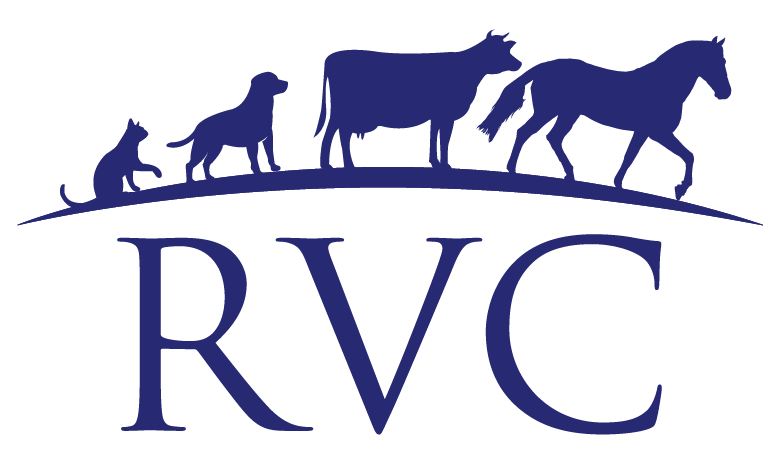Abomasal Bloat in Lambs & Kids
Causes and Symptoms:
When undesirable bacteria are present within the stomach (abomasum), they feed on the lactulose present within milk feeds causing them to produce gas. This gas production is also undesirable in large volumes! More gas is produced as milk is fed quickly and/or in high volumes. The result of high levels of gas can be bloat.
As gas levels increase, the stomach can expand (like a balloon). This enlarged size can impact surrounding organs, and in extreme cases it can rupture.
What are the signs:
Large, distended abdomen (behind the rib cage). This may be on either, or both, the left- and right-hand side
Lamb with abomasal bloat
Reduced appetite or not finishing a milk feed
Slow to get up and walk around (or reduced movement)
Signs of abdominal discomfort;
Kicking at abdomen
Looking around at abdomen
Repetitively standing up and sitting down
This condition is most commonly seen in hand-reared lambs, rather than those who are fed directly by the ewe.
Prevention:
Feed lambs 10-15% of their body weight (adjusted as they grow) divided into small feeds (at least three) throughout the day
* RVC feeding table/guide for hand rearing lambs *
When held upside down, the teat should drip milk. Milk should not flow freely from the teat.
If a teat is cracked or damaged then it should be replaced as this can result in increased flow rate.
Vaccination; there are some strong links to suggest that clostridial bacteria are involved with bloat. So, vaccinating lambs against these (5in1 vaccine) could be beneficial.
All lambs should be offered a ‘creep feed’ (muesli or grain) from at least 5 days of age to encourage rumen development (i.e. allow their insides to slowly adjust to ‘grown up sheep food’)
Feeding a yoghurtised milk feed – this provides prebiotics and probiotics (‘good bacteria’) to the gut which provide a stable microenvironment that prevents pathogens/undesirable bacteria from colonizing and multiplying in the gut.
There are other causes of bloat, which are often more severe, so it is important to seek veterinary advice as soon as possible if you have concerns about your lamb or kid.
Yoghurtised Milk Recipe:
If feeding only a handful of lambs, add 1tbsp of acidophilus yoghurt per 500ml of cow’s milk or reconstituted powder just before feeding and mix well.
Add 1kg of milk powder to 3L of warm water in a large 9L bucket. Mix well with an electric blender.
Add 200ml of plain, unsweetened acidophilus yoghurt (from the supermarket). Mix and place a lid over the top and sit it in a hot cupboard for 12-24 hours. Or a polystyrene box with a hot water bottle works well.
NOTE – if your lamb is recovering from bloat, keep it on electrolytes until the first batch is ready at 12 hours.
At this stage the milk should look and smell like yoghurt. Remove 200ml to set aside in the fridge. This is your starter for the next batch (otherwise you’ll have to buy more yoghurt).
Mix well. The yogurtised milk is now ready to feed at normal quantities. It will last for 5 days but should be kept in the fridge to prevent growing unwanted bacteria.
You can dilute the mixture a little to make it easier to drink (or make the teat hole a little larger) but be sure to feed the original volume as that of the standard milk replacer.
Remember to start your next batch 24 hours before it is needed.




